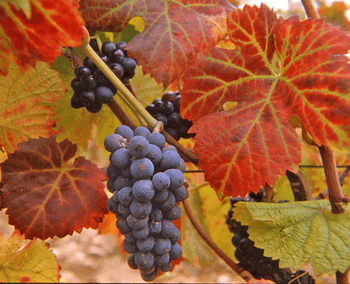
Chambertin vineyard Pinot Noir, photo by Scott W. Clemens
If you read the wine press you’ll inevitably come across the French word terroir. Though terroir literally means soil, terroir has wider connotations; it also encompasses microclimate and viticultural traditions. Taken together, the argument goes, soil, microclimate, and viticultural traditions account for a wine’s quality.
New World winemakers and winery publicists have embraced the idea that terroir, that sense of place, is what makes one wine different from (better than) another. Place, after all, is one of the major differences between wine and beer. There is no doubt that wine, springing from a finicky agricultural crop, is affected by weather, microclimate and soil. And without a doubt some places are better than others for growing a particular grape (Pinot Noir in Burgundy and Riesling in Germany being the most glaring examples).
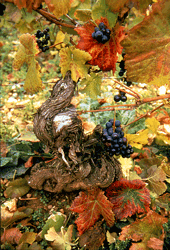
Knarly old vine in the Chambertin Vineyard, photo by Scott W. Clemens
The problem with the terroir argument is that it minimizes the impact modern winegrowing and winemaking have on the outcome, and in so doing loses sight of current reality. In past centuries there was a semblance of viticultural and vinicultural tradition; technology changed slowly and there was little interaction between winemakers from one area and another. Over the last 60 years, however, technology and interaction have increased exponentially, and the proof is in the glass. But just as shared knowledge and technology have driven quality higher, they have also unwittingly contributed to a certain homogeneity of style.
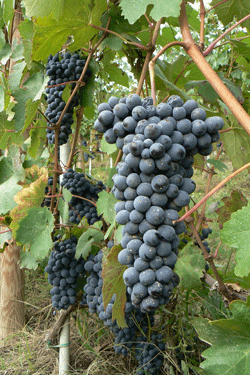
Barbera grapes, La Morra, Italy, photo by Scott W. Clemens
Part of the terroir equation is vinicultural tradition. One of the most important innovations in the history of winemaking was the introduction of barrels, which could serve both as fermentation and storage vessels. French oak barrels were used only in France, so the flavor profile imparted by French oak belonged only to the French, and that flavor became part of the terroir. Today, French oak is available (at a steep price) all around the world. So the particular flavor imparted by French oak is no longer exclusive to French wine. Wine culture has become so international that the distinctions between one wine region and another are blurring, especially in regards to the diaspora of French grape varieties. This is nowhere more apparent than in Chardonnay.
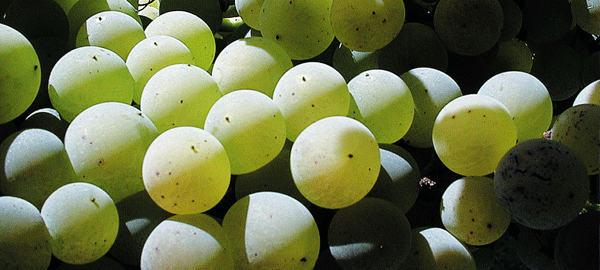
Verdicchio grapes, indigenous to Marché, photo by Scott W. Clemens
A few examples are called for here on how fast so-called “traditions” change in the present day. When I first started reading about wine in the early 1970’s the wine literature used the adjectives steely, flinty, minerally and sometimes austere to describe classic Chablis (Chardonnay from the Chablis district of France), as opposed to the fatter, softer, more opulent Chardonnays from the Côte d’Or. But it was a “classic” tradition only about 25 years old, born of the transition from barrel fermentation to stainless steel, temperature controlled fermentation. Then around 1980 winemakers in Chablis started going back to traditional barrel fermentation, and mimicking other winemaking techniques of their Burgundian cousins. And suddenly Chablis no longer tasted like the Chablis we had grown to know. The descriptors were no longer valid. The “tradition” had changed.
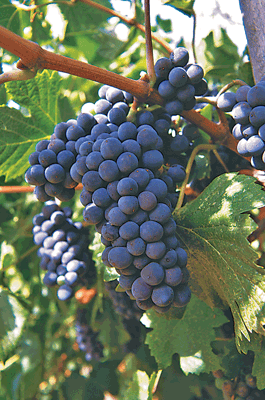
Pinot Noir, Napa Valley, photo by Scott W. Clemens
Likewise, through the 1960s, ’70s and ’80s, Meursault (a Chardonnay from the town of Meursault in Burgundy) was almost exclusively fermented in Limousin oak, so “classic” Meursault was known for its fat, buttery, vanilla flavors with a toasty background. The character was due to Limousin’s phenolic characteristics and wide grain. By the late 1990s many of the Meursault producers had switched to Nevers and Tronçais oak, tighter grained and slower to impart vanillin and oxidation. The wines were sleeker, still giving the impression of richness, but far less oaky. I remember Alain Fouquet, of Seguin Moreau cooperage in Napa Valley, saying at the time that Limousin was not really suited to wine; it was better for brandy production. He therefore recommended to all of his clients that they buy barrels coopered from tighter grained oak grown in the center of France (the forests of Nevers, Allier and Tronçais). So it appears that to a large degree barrel manufacturers dictated the change in the Meursault style, and that a regional characteristic, once considered a product of terroir, was nothing more than a local consensus concerning vinification techniques.
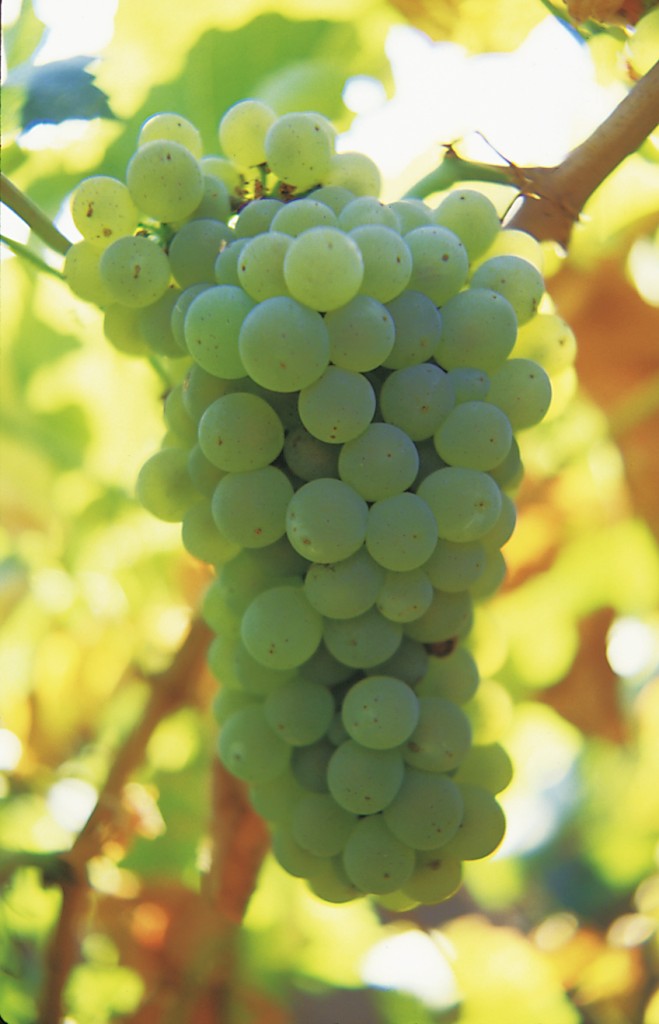
Chardonnay, Sonoma, photo by Scott W. Clemens
The same can be said of California Chardonnay in every five-year increment since 1970. At first most were simply cool fermented in stainless steel. Then along came barrel aging, barrel fermentation (along with the attendant choice of forest; domestic, French or Slavonian oak; new or used barrels; the amount of toasting and choice of cooper). Add to that malolactic fermentation, sur lie aging, and cultivated yeast strains, and you can understand why the concept of terroir as the arbiter of style is completely outmoded. Style is in the hands of the winemaker.
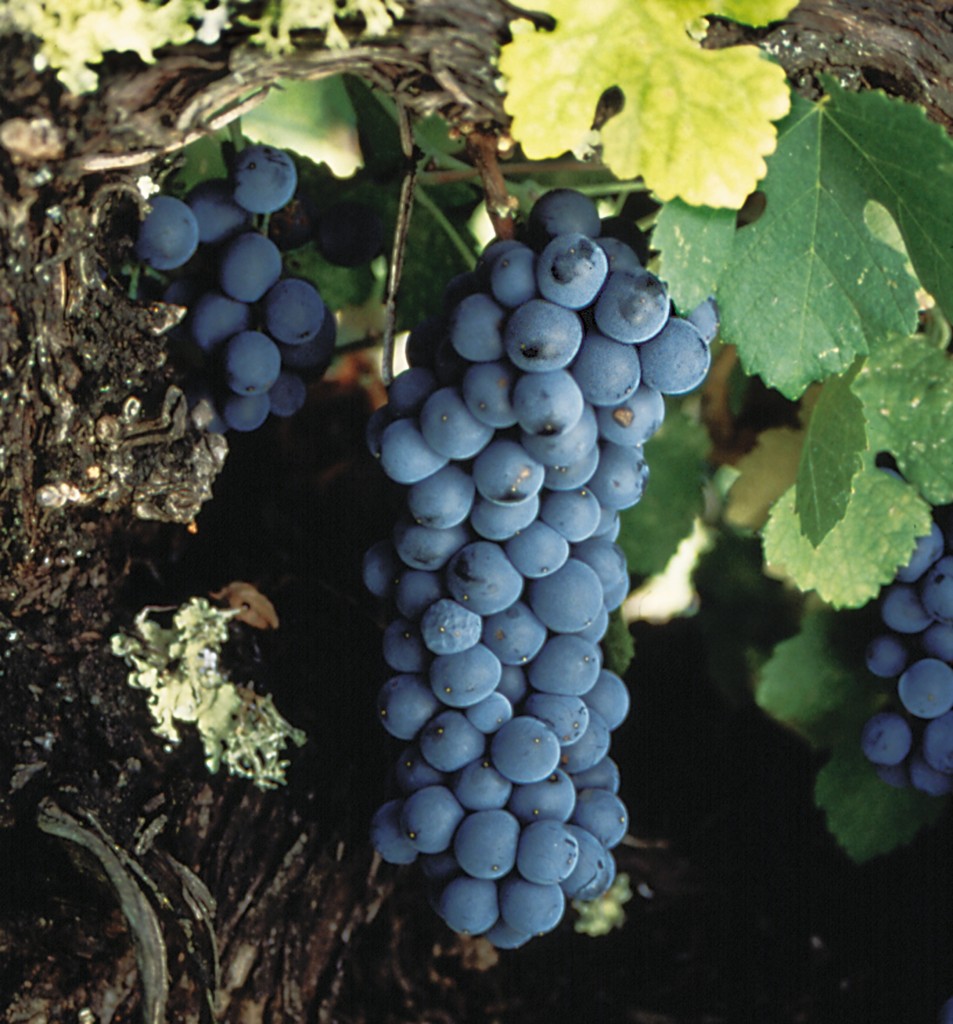
Old vine Zinfandel, Calistoga, Napa Valley, photo by Scott W. Clemens
Until the introduction of stainless steel fermentation in the 1940’s, the production of wine had remained unchanged for centuries, and while temperature controlled fermentation has revolutionized wine production (and totally changed the character of most white wines), there have been even more advances in the vineyard. Consider a farmer in Burgundy in the 18th century. Everything he did, from planting to pruning to picking was dictated by traditions handed down from generation to generation. He didn’t know a clone from a cocker spaniel. He’d never heard of American rootstock, or clones, and the vineyard was dry-farmed (i.e. farmed without irrigation). He put his effort into producing the biggest crop possible on that piece of land, yet poor soil and inadequate rainfall made the job difficult. Under those circumstances, some places were notably more suitable to growing grapes for wine production.
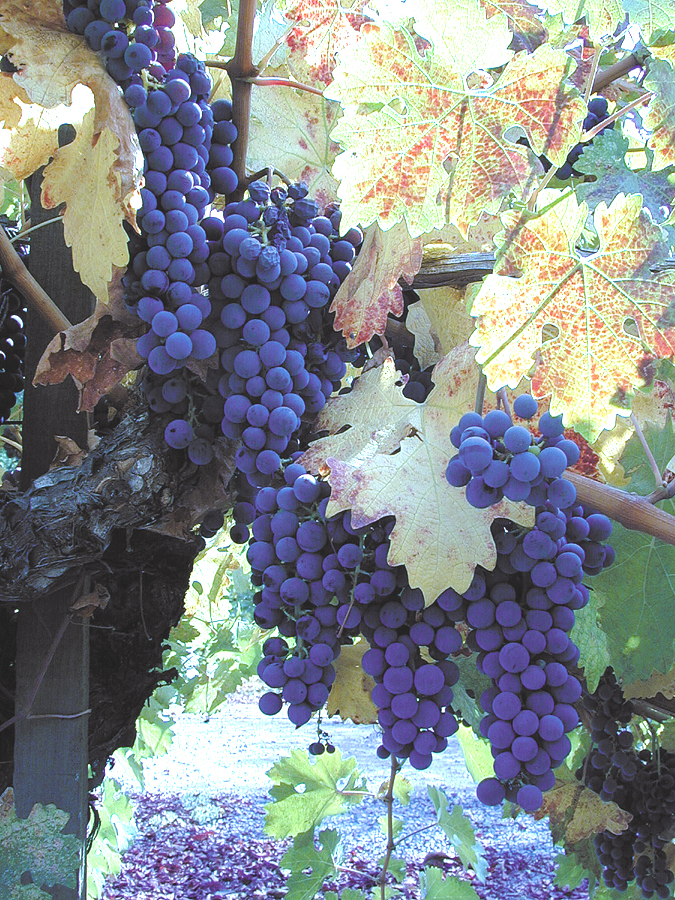
old vine Cabernet Sauvignon, Howell Mt., Napa Valley, photo by Scott W. Clemens
That old farmer no longer exists. Today’s farmer is a scientist, and his vineyard is his laboratory. The choice of rootstock, clone, trellising and pruning practices, leaf thinning, managing yield by dropping crop, cover crops, and managing stress by irrigation are all employed to give vintners the best possible fruit with which to make their wines and hit their price points. The public relations department may talk about tradition, but tradition is only useful if it achieves the desired end—to produce the best product possible within economic limitations.
Styles change. In the past, particular wines came into fashion or fell out of fashion, but the wine itself stayed the same. Today, throughout the world, wineries change style to fit their impression of what the wine buying public wants. Wine, after all, is a commodity. By manipulation of the vineyard and the winemaking process winemakers are constantly tinkering with style. Over my adult lifetime the predominant style of Chardonnay has gone from no oak, to over-oaked, and back again. Riesling has become drier. Zinfandel, which fell out of favor as a light red wine, spent several years as a rosé, and came back as a powerful, jammy, alcoholic, almost Port-like wine that bears no resemblance to its previous incarnations. In fact, “acceptable levels of alcohol” for “table wines” have risen by 2 or 3% over the past thirty years (you can read my rant on alcohol here).
So back to terroir—do soil and microclimate effect the grapes? Yes, of course. Is one vineyard intrinsically better than another? Yes, again. Is it possible to tell that a wine came from particular vineyard or area? Sometimes, but with qualifications. One of the more fascinating aspects of wine is that it can reflect a sense of its place of origin. In my experience, the two grapes that best reflect their terroir are Pinot Noir and Riesling. But for wine expert and consumer alike, in an era when viticultural and vinicultural techniques change so rapidly, where information flows freely across borders, and regional traditions are in flux, there are very few wines that emphatically declare their origins. More often, wine growing and winemaking mask the true terroir. Figuring out where the impact of the land leaves off and technology takes over is largely impossible. It is now possible to make decent, sometimes even spectacular, wine from grapes grown in areas that would have been inhospitable to grapes in the era of tradition and dry-farmed vines. Winegrowers can now outsmart Mother Nature.
I’m not questioning the importance of microclimate and soil, but the next time someone explains that a particular characteristic is due to the terroir, take it with a large grain of salt and consider the other factors. Tradition is dead; innovation thrives, and therein lies the fallacy of the whole concept of terroir in the modern world.

very insightful article which dispels a lot of myths.